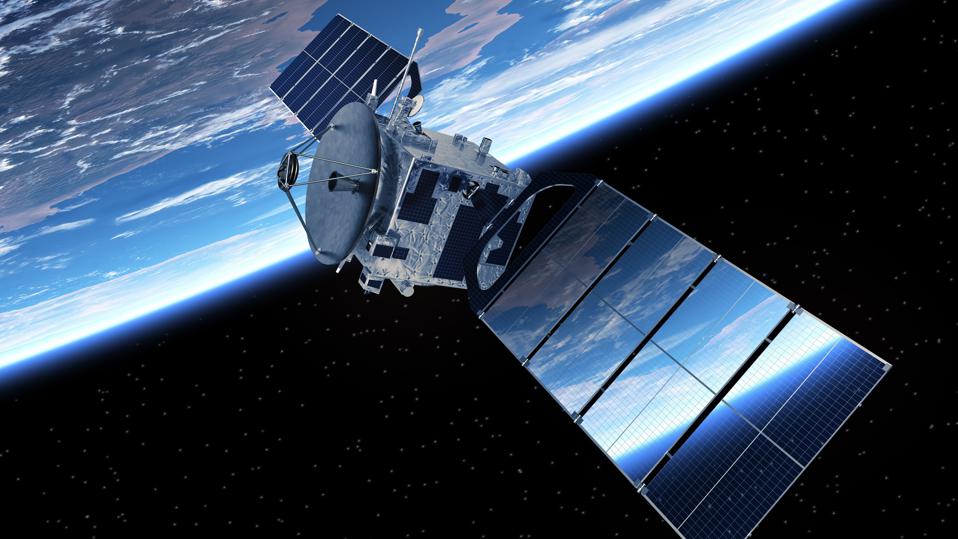Space exploration has seen incredible advancements and breakthroughs over the years, pushing the boundaries of what we thought was possible. In this article, we explore ten remarkable space technologies that are revolutionizing space exploration. These include the Mars Helicopter, the James Webb Space Telescope, the Space Exploration Vehicle (SEV), electric propulsion, in-situ resource utilization (ISRU), exoplanet detection methods, laser communication, additive manufacturing (3D printing), the space elevator, and artificial intelligence (AI). These technologies have opened up new possibilities for space exploration and discovery, bringing us closer to understanding the mysteries of our universe. As we continue to explore space, we can expect even more exciting innovations and breakthroughs in the future.
10 Incredible Space Technologies That Are Pushing the Boundaries of Exploration
Over the years, space exploration has progressed immensely with the development of new technologies that have allowed us to push beyond what we thought was possible. These breakthroughs have opened doors to new discoveries and expanded our understanding of our universe. In this article, we will discuss ten incredible space technologies that are pushing the boundaries of exploration.
1. Mars Helicopter
Mars Helicopter, also known as Ingenuity, is a small robotic helicopter developed by NASA to explore the surface of Mars. This innovative technology is the first powered flight on another planet and allows for more in-depth analysis of the Martian terrain. The helicopter weighs only four pounds and can fly up to 15 feet high, making it ideal for navigating through the rocky terrain of Mars.
2. James Webb Space Telescope
The James Webb Space Telescope is an upcoming space observatory that is set to launch in 2021. This telescope will be 100 times more powerful than its predecessor, the Hubble Space Telescope, and will be able to peer further into the universe’s depths. Some of the telescope’s key features include a seven times larger mirror, improved infrared capabilities, and the ability to observe beyond the visible spectrum.
3. Space Exploration Vehicle (SEV)
The Space Exploration Vehicle (SEV) is a pressurized rover designed to transport astronauts on long-duration missions to the moon, Mars, and other planets. The SEV will be able to navigate through rough terrain, allowing astronauts to explore areas that would have been impossible to access otherwise. This technology will play a crucial role in future missions to space, providing a safe and reliable mode of transportation for astronauts.
4. Electric Propulsion
Electric propulsion is an innovative technology that allows spacecraft to travel faster and more efficiently than traditional chemical-based propulsion systems. These ion engines use electricity to accelerate ions, creating a force that propels the spacecraft forward. This technology has already been implemented in various missions, including NASA’s Dawn mission to study asteroids Vesta and Ceres.
5. In-situ Resource Utilization (ISRU)
In-situ resource utilization (ISRU) is an innovative technology that allows astronauts to harvest and utilize resources from space, such as water and minerals, to sustain life and support exploration. This technology is essential for long-duration missions, as it reduces the need to carry all necessary resources from Earth, making missions more cost-effective and sustainable.
6. Exoplanet Detection Methods
Exoplanet detection methods have evolved significantly, allowing scientists to identify and study planets outside of our solar system. Some of these methods include the transit method, which detects a planet passing in front of a star, and the radial velocity method, which measures the wobble of a star caused by a planet’s gravitational pull. These detection methods have led to the discovery of thousands of exoplanets and have opened up a whole new field of astronomical research.
7. Laser Communication
Laser communication is a technology that uses lasers to transmit data between spacecraft and Earth. This technology is much faster and more efficient than traditional radio communication and allows for more robust and reliable data transmission over long distances. NASA’s Lunar Reconnaissance Orbiter currently uses laser communication technology to send data back to Earth.
8. Additive Manufacturing (3D Printing)
Additive manufacturing, also known as 3D printing, is a technology that allows manufacturers to create complex shapes and designs using computerized models. This technology has been implemented in space exploration, allowing astronauts to manufacture tools, spare parts, and even habitats while in space. This technology reduces the need for heavy payloads and makes missions more sustainable and cost-effective.
9. Space Elevator
The space elevator is a concept that involves a cable running from Earth’s surface to a counterweight in space, allowing for easy transportation of payloads and people into space. While this technology is still being researched and developed, it has the potential to revolutionize space access, making it faster and more cost-effective than current rocket-based systems.
10. Artificial Intelligence (AI)
Artificial intelligence is a rapidly developing field that is making its way into space exploration. AI has the potential to improve efficiency and decision-making during space missions, allowing for quick analysis of large amounts of data and more autonomous spacecraft operations. NASA’s Mars Curiosity Rover currently uses AI technology to detect and analyze rocks and minerals on the Martian surface.
Conclusion
These ten incredible space technologies are just the tip of the iceberg as we continue to push the boundaries of space exploration. With numerous ongoing and future missions, we can expect to see more innovations and discoveries that will expand our understanding of the universe and our place in it. It is an exciting time for space exploration, and we can’t wait to see what the future holds!
